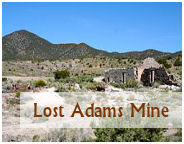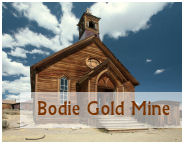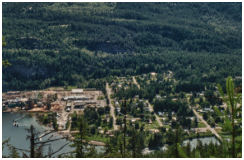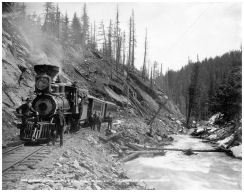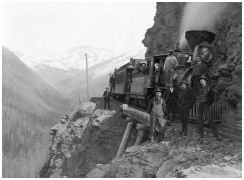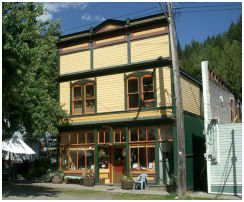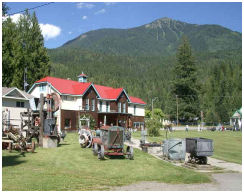The communities of Slocan valley are barely one hundred years old, and yet the Slocan has seen some of Canada’s most dramatic and interesting history. Conflicting tales and mysteries have grown up around the first discovery of the vast wealth hidden high in the Slocan Mountains. Stories have been told of double-crossing and deceit, but as with most legends, it has a simple beginning, and certain facts are a matter of record.
In the summer of 1891 two prospectors, a French-Canadian former tightrope-walker named Eli Carpenter and an Irishman form Tennessee named J.L. "Jack" Seaton, arrived on foot in the remote wilderness of the Slocan. They were pursuing tales of rich deposits of galena (silver-lead) ore, which Carpenter had heard was used by native guides and hunters.
After months of unsuccessful searching, the two men struggled to the top of Payne Mountain, to the north of present-day Sandon. It was there, on September 9, 1891, that Carpenter and Seaton finally discovered what they had sought all summer: the unmistakable sparkle of galena ore. Taking a sample to be tested at the assay office, the two men staked their claim, 1500 by 600 feet, and head back to Hot Springs Camp (present-day Ainsworth).
At this point legend begins to overshadow known fact. The story is often told that Carpenter, in an attempt to double-cross his partner, had two samples tested: one from the Payne claim, which assayed 170 ounces of silver per ton, and another from a lower-grade claim which assayed at only 20 ounces. When Carpenter told him that their Payne claim had assayed at only 20 ounces of silver, Seaton lost interest in the claim. Carpenter then entered into a secret agreement with a new partner, E.A. Bielenberg of Nelson, to return to Payne Mountain and stake additional claims. However, in discussing these plans, the two were overheard by innkeeper Charles Olson, who promptly informed Seaton of Carpenter's deceit. At this point, Seaton entered into a new partnership with four friends, who became known collectively as the Noble Five. Then, in an effort to escape detection, Carpenter and his new partner stole back to Payne Mountain by the more indirect southern route of Nelson and Slocan Lake, while an indignant Seaton and his four new partners took the more direct western route via the Kaslo River. Arriving first, Seaton's group staked the Noble Five group of 21 claims on Payne and Reco Mountains, effectively outflanking the treacherous Carpenter, or so the legend is told.
However, it is known that shortly after Carpenter and Seaton arrived in Ainsworth, they had the sample assayed. It was a number of days later, on September 22, 1891, that they jointly recorded their Payne Claim near the headwaters of Slocan Creek, about 25 miles west of Kootenay Lake. If Carpenter had truly deceived his partner, why would Seaton co-register a claim that he believed to be relatively worthless? It is also hard to believe that such incredible assay results would remain secret, particularly in a small mining camp such as Ainsworth. Indeed, there is evidence they did not. It is a fact that Carpenter and Seaton returned to Payne Mountain by different routes, and that their departures from town caused such a rush of prospectors into the remote wilderness that Ainsworth Camp was left virtually deserted for days.
There is also other documented evidence that calls the legend into question, but we will likely never know the whole truth behind the story. However, the impact of Carpenter and Seaton's discovery is well-known. Hundreds of prospectors flooded into the district, and before year's end over 191 claims had been staked.





